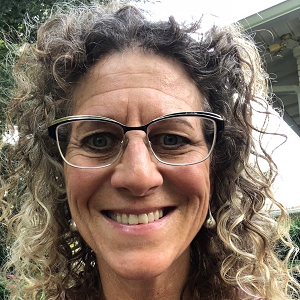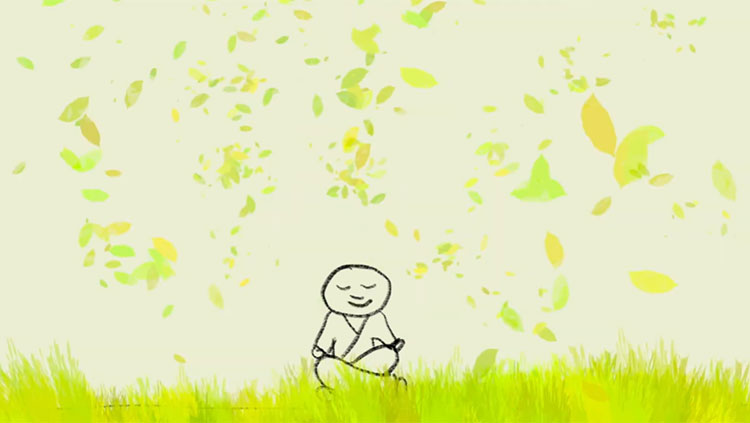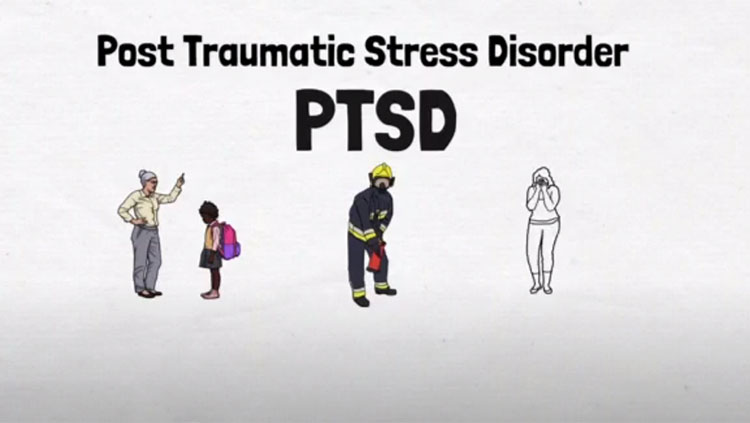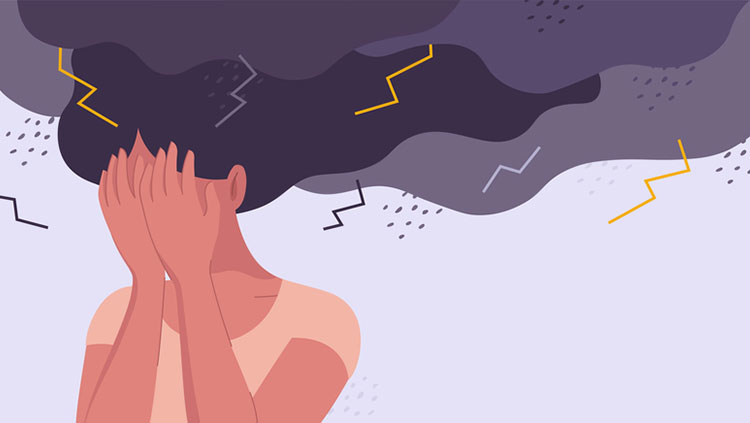
Depression is more than just feelings of sadness. When you’re sad, you may feel low for a day or so, but usually can enjoy some simple things: a good meal, a show from your watchlist, or a hug from a loved one. But with depression, activities you’ve once enjoyed may no longer bring that same contentment.
*Diagnosis of depression is based on a set of criteria (at least five must be met) that have persisted for at least two weeks. One of the first two criteria must be met — daily depressed mood or loss of pleasure or interest in nearly all activities — while other criteria can include significant weight change, slowing of thoughts and physical movements or being agitated and unable to sit still, near daily fatigue, feelings of worthlessness, diminished ability to think or concentrate, and recurring thoughts of death or suicide. Depression is a common psychiatric disorder that contributes to considerable disability and death worldwide. Often, depression is accompanied by other diseases. Various medical and psychiatric conditions (for example, diabetes, cancer, heart disease, and addiction) are common in people who are depressed, and depression can make the other problems worse.
**Nearly 5% of adults around the world — about 280 million people — have depression. In 2020, around 8.4%, or an estimated 21 million, U.S. adults had at least one major depressive episode, with the prevalence of major depressive episodes higher among females than males (10.5% vs 6.2%). This sex difference on average emerges in adolescence and remains throughout the lifespan. Those with a major depressive episode in 2020 was highest among people who identify with two or more races (16%), among those aged 18-25 (17%), and among adults who are lesbian, gay, or bisexual (LGB) (27%).
Some cases of depression — typically those evoked by a stressful incident, situation, or short-term illness — are relatively brief and may or may not recur, whereas others persist and become chronic. In general, approximately half of people who experience a major depressive episode will have one or more recurrences at some point in the future.
Many factors conjoin to cause depression: genes, biological risk factors, environmental triggers, and psychological influences. Depression is moderately heritable and is influenced by the aggregate effects of many genes. Many people develop depression in response to the stress of a difficult life experience or a disabling medical problem such as cancer or chronic pain. Early adversity and maltreatment are major contributors to depression, along with recent major life stressors that have occurred in the past three to six months, particularly involving interpersonal loss.
Inside the brain, depression appears to disrupt the hypothalamus. This region secretes a hormone that, via the pituitary gland, tells the adrenal cortex, the outer layer of the adrenal gland, to produce more of the stress hormone cortisol. The monoamine neurotransmitter systems, which include dopamine and serotonin, are also disrupted. People with depression tend to have a smaller hippocampus.
Identifying the underlying biological features of depression will help with the development of personalized therapy. Currently, approved antidepressant medications raise the levels of norepinephrine, serotonin, and dopamine in nerve cell synapses — although raising levels of these neurotransmitters at the synapse does not fully represent how these drugs produce antidepressant effects.
Among the most widely used medications are selective serotonin reuptake inhibitors (SSRIs), which block serotonin reuptake. This action allows more serotonin to stay in the synaptic space between two nerves, which can reshape synapses over time. SSRIs usually require a few weeks to take effect and are also used to treat other psychiatric conditions. How antidepressants like SSRIs produce their effects are not fully represented by neurotransmitters alone. And exactly how they operate are not completely understood and are an area for continued scientific debate and research.
Cognitive behavioral therapy, often used in combination with medication, is equally effective in people with depression. This type of counseling works to change thought patterns and reroute negative, dysfunctional thinking. Treating people with depression can be challenging, as medications affect individuals differently. Sometimes, two or three tries are needed to find an effective treatment plan.
Unfortunately, for some people with depression, neither medication nor psychotherapy works. Researchers are actively investigating other approaches to treating depression, such as deep brain stimulation (DBS). Some promising studies have found that DBS can relieve intense depressive episodes that were resistant to other forms of treatment.
Adapted from the 8th edition of Brain Facts by Alison Davis.
*This paragraph was updated May 23, 2023 to reflect the most recent DSM criteria for depression diagnosis.
**These statistics were updated May 23, 2023 to reflect the most recent WHO and NIMH data on depression.
If you or someone you know in the U.S. is struggling with self-harm or thoughts of suicide, visit or call the National Suicide Prevention Lifeline at 988 or 1-800-273-8255. The lifeline provides free and confidential support 24 hours a day, 7 days a week. If you or someone you know is in danger or needs immediate medical attention, please call 911 or visit your nearest emergency medical center.
CONTENT PROVIDED BY
BrainFacts/SfN
References
American Psychiatric Association. (2023). Diagnostic and Statistical Manual of Mental Disorders (5th ed., text rev.). https://doi.org/10.1176/appi.books.9780890425787
Bandelow, B., & Michaelis, S. (2015). Epidemiology of anxiety disorders in the 21st century. Dialogues in Cclinical Nneuroscience, 17(3), 327–335. https://doi.org/10.31887/DCNS.2015.17.3/bbandelow
Burguière, E., Monteiro, P., Mallet, L., Feng, G., & Graybiel, A. M. (2015). Striatal circuits, habits, and implications for obsessive-compulsive disorder. Current Oopinion in Nneurobiology, 30, 59–65. https://doi.org/10.1016/j.conb.2014.08.008
Cleveland Clinic. (2023). Panic Attacks & Panic Disorder. https://my.clevelandclinic.org/health/diseases/4451-panic-attack-panic-disorder
Craddock, N., & Sklar, P. (2013). Genetics of bipolar disorder. Lancet (London, England), 381(9878), 1654–1662. https://doi.org/10.1016/S0140-6736(13)60855-7
Foland-Ross, L. C., Hamilton, P., Sacchet, M. D., Furman, D. J., Sherdell, L., & Gotlib, I. H. (2014). Activation of the medial prefrontal and posterior cingulate cortex during encoding of negative material predicts symptom worsening in major depression. Neuroreport, 25(5), 324–329. https://doi.org/10.1097/WNR.0000000000000095
Geddes, J. R., & Miklowitz, D. J. (2013). Treatment of bipolar disorder. Lancet (London, England), 381(9878), 1672–1682. https://doi.org/10.1016/S0140-6736(13)60857-0
Kavanagh, D. H., Tansey, K. E., O'Donovan, M. C., & Owen, M. J. (2015). Schizophrenia genetics: emerging themes for a complex disorder. Molecular Ppsychiatry, 20(1), 72–76. https://doi.org/10.1038/mp.2014.148
Memon, M. A. (2018). Panic Disorder. Medscape. http://emedicine.medscape.com/article/287913-overview
National Alliance on Mental Illness. (2017). Depression. https://www.nami.org/Learn-More/Mental-Health-Conditions/Depression
National Institute of Mental Health. (2017). Anxiety Disorders. NIH. https://www.nimh.nih.gov/health/topics/anxiety-disorders/index.shtml
National Institute of Mental Health. (2017). Bipolar Disorder. NIH. https://www.nimh.nih.gov/health/statistics/prevalence/bipolar-disorder-among-adults.shtml
National Institute of Mental Health. (2017). Depression. NIH. https://www.nimh.nih.gov/health/topics/depression/index.shtml
National Institute of Mental Health. (2017). Obsessive-Compulsive Disorder (OCD). NIH. https://www.nimh.nih.gov/health/topics/obsessive-compulsive-disorder-ocd/index.shtml
National Institute of Mental Health. (2017). Panic Disorder. NIH. https://www.nimh.nih.gov/health/statistics/prevalence/panic-disorder-among-adults.shtml
National Institute of Mental Health. (2017). Post-Traumatic Stress Disorder (PTSD). NIH. https://www.nimh.nih.gov/health/statistics/prevalence/post-traumatic-stress-disorder-among-adults.shtml
Pittenger, C., & Bloch, M. H. (2014). Pharmacological treatment of obsessive-compulsive disorder. The Psychiatric Cclinics of North America, 37(3), 375–391. https://doi.org/10.1016/j.psc.2014.05.006
Ragen, B. J., Seidel, J., Chollak, C., Pietrzak, R. H., & Neumeister, A. (2015). Investigational drugs under development for the treatment of PTSD. Expert Opinion on Investigational Drugs, 24(5), 659–672. https://doi.org/10.1517/13543784.2015.1020109
Strube, W., Bunse, T., Nitsche, M. A., Wobrock, T., Aborowa, R., Misewitsch, K., Herrmann, M., Falkai, P., & Hasan, A. (2015). Smoking restores impaired LTD-like plasticity in schizophrenia: a transcranial direct current stimulation study. Neuropsychopharmacology, 40(4), 822–830. https://doi.org/10.1038/npp.2014.275
Treadway, M. T., Waskom, M. L., Dillon, D. G., Holmes, A. J., Park, M. T. M., Chakravarty, M. M., Dutra, S. J., Polli, F. E., Iosifescu, D. V., Fava, M., Gabrieli, J. D. E., & Pizzagalli, D. A. (2015). Illness progression, recent stress, and morphometry of hippocampal subfields and medial prefrontal cortex in major depression. Biological Psychiatry, 77(3), 285–294. https://doi.org/10.1016/j.biopsych.2014.06.018
World Health Organization. (2022). Mental disorders. https://www.who.int/news-room/fact-sheets/detail/mental-disorders
What to Read Next
Also In Mental Health
Trending
Popular articles on BrainFacts.org



















